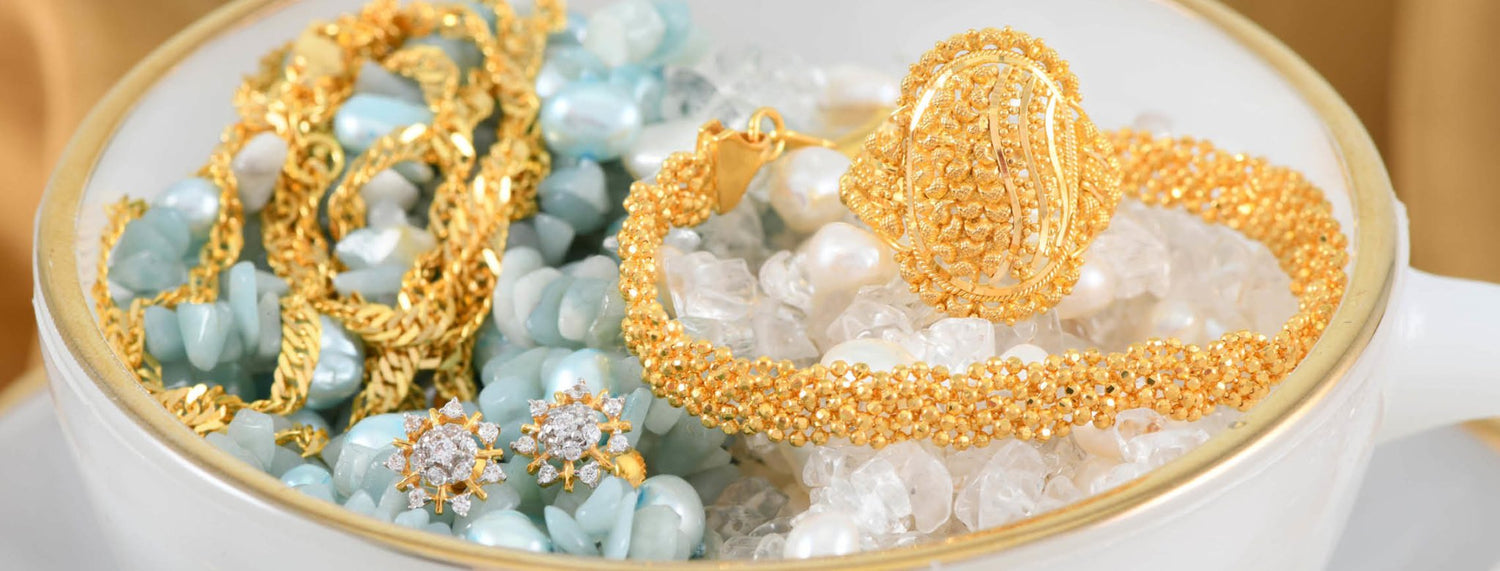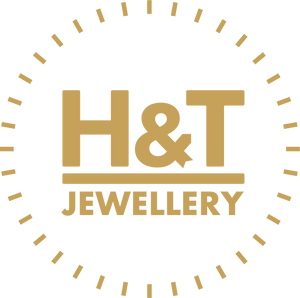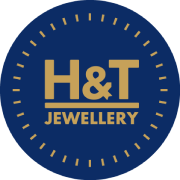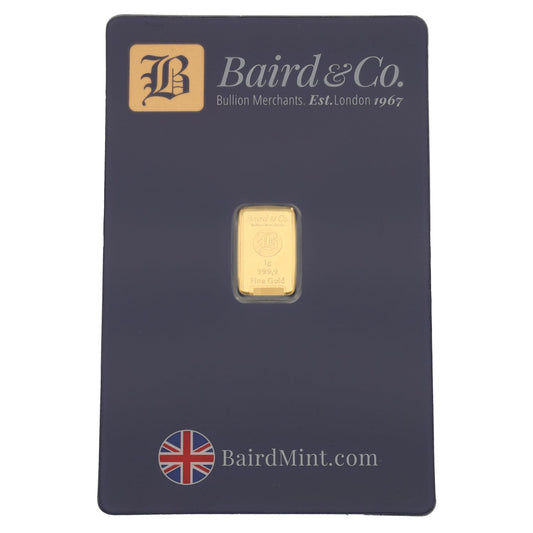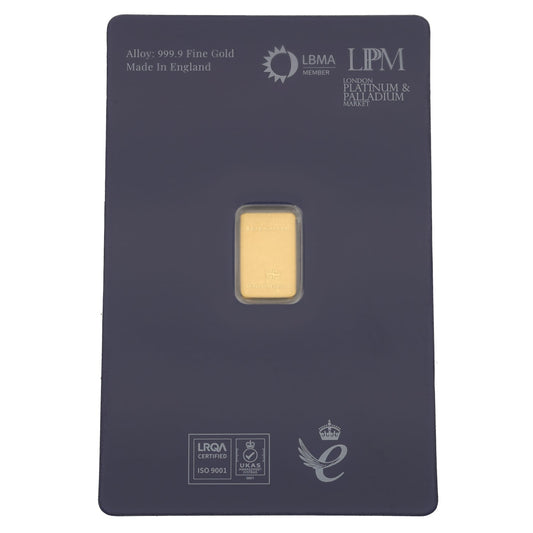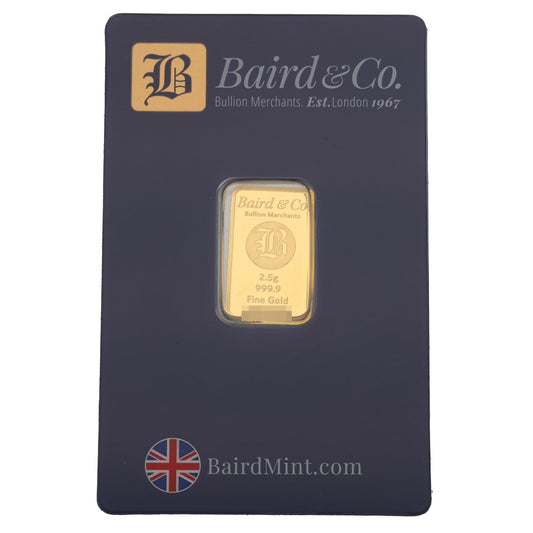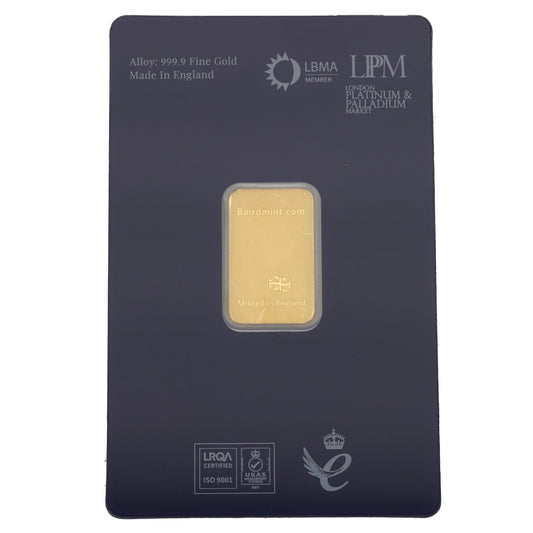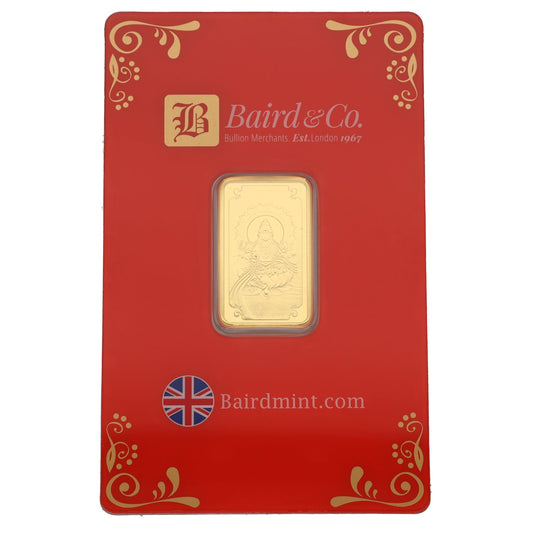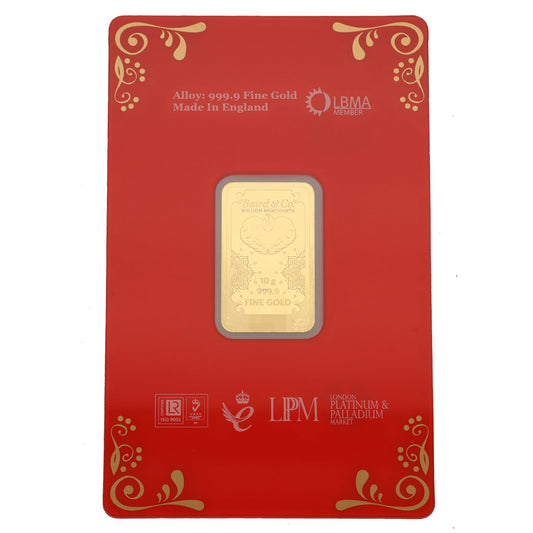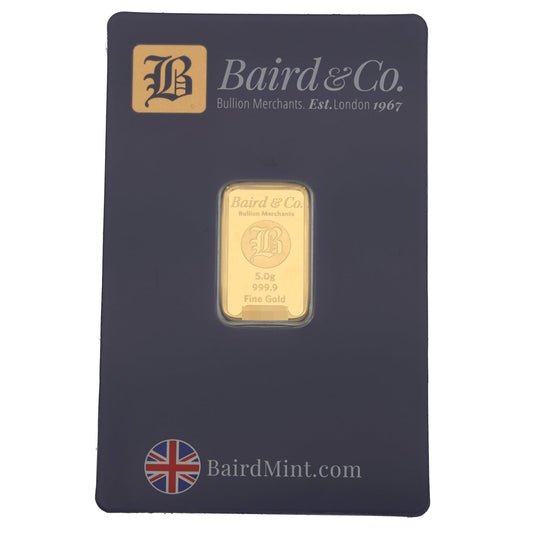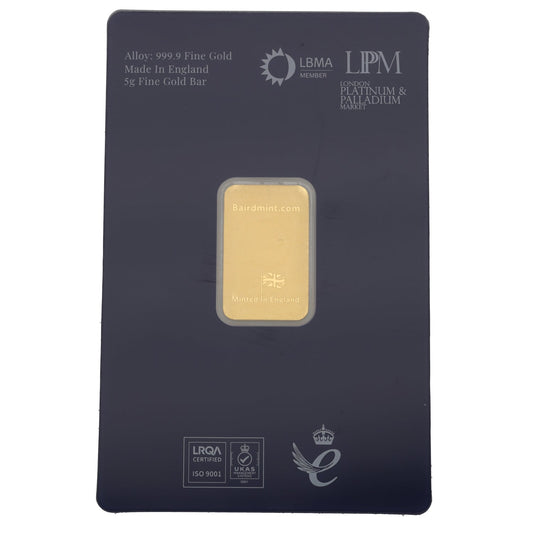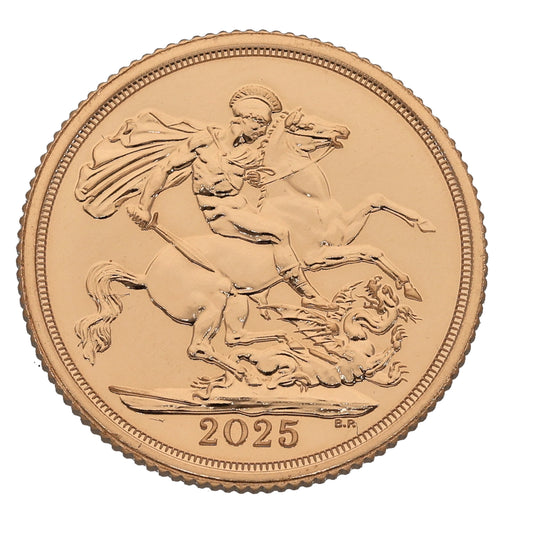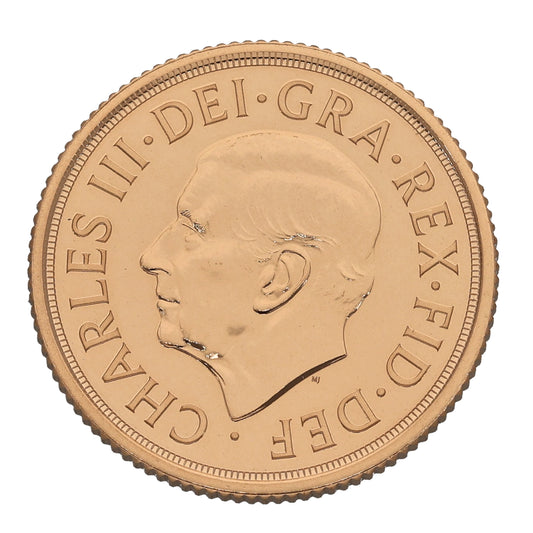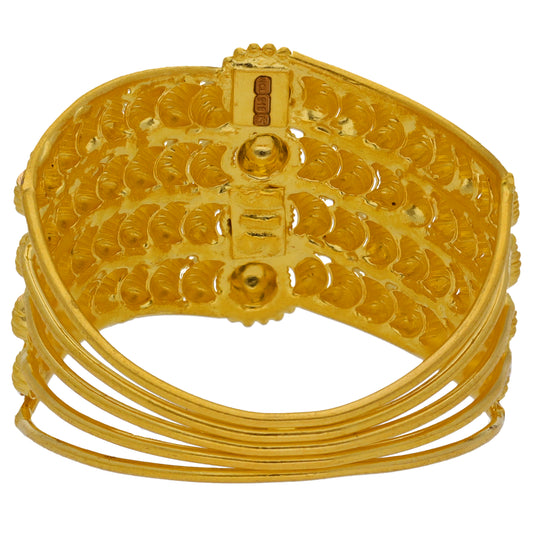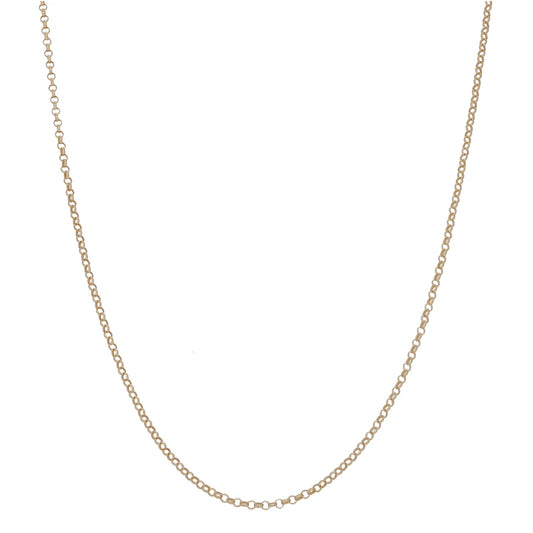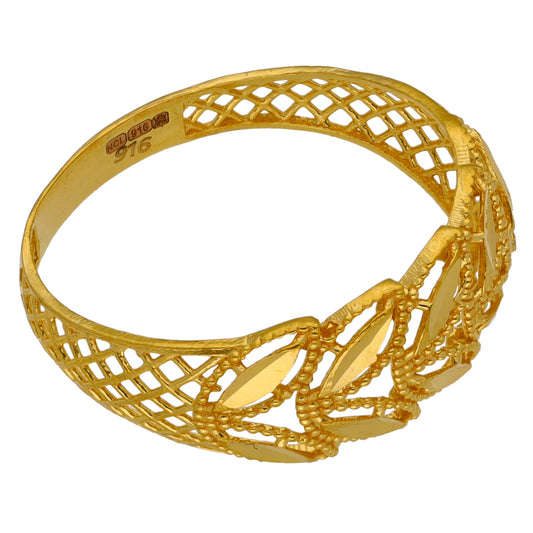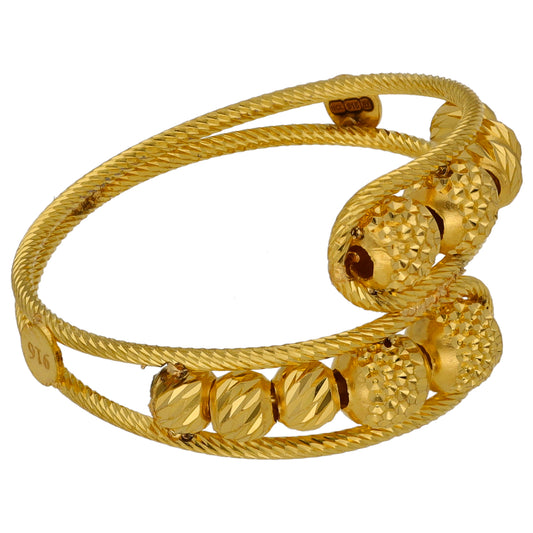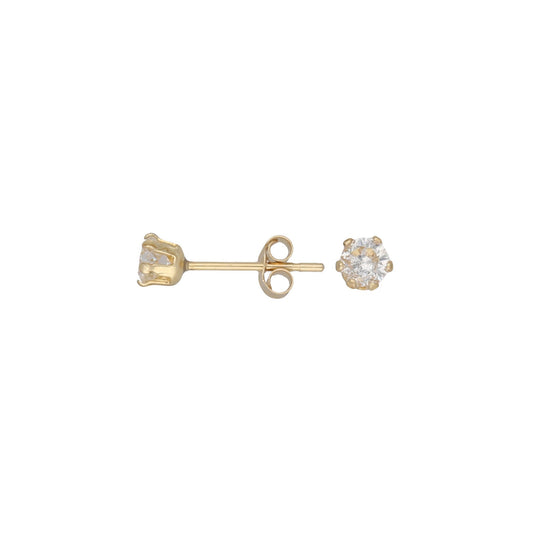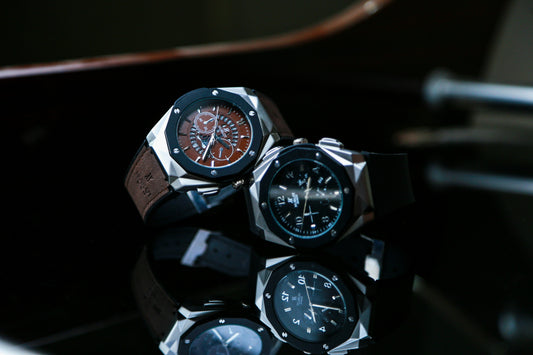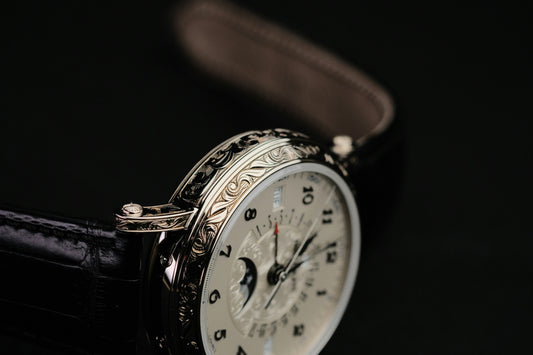There are a number of different gold types out there that are used for jewellery and decorative items. Unalloyed gold is relatively soft and prone to damage in its purest form, so it’s mixed with other metals in varying degrees to provide strength and colour.
If you’re looking to buy or sell gold, you may have come to realise that different gold items can be worth very different amounts, and some may not even look like ‘gold’ as we know it. The world of gold is more complicated than it first appears, but is generally simple to learn if you have the right information. To help you find out more about your favourite gold jewellery, we’ve put together this handy guide to the different types of gold.

There are a variety of different types of gold colour, but the most common and widely recognised style is yellow gold. This is the classic gold we all know and love. Yellow gold requires the least maintenance of any other gold colour and is the best type for those who are sensitive or allergic to certain metals. Yellow gold is gold in its natural form, so it is the oldest type we know. Pure gold has been mentioned in texts over 5,000 years old, while white gold wasn’t invented until the 19th century. If you’re interested in finding out more, make sure to check out our blog post on the history of gold.
Pure yellow gold jewellery is 24 carat, while anything below this is mixed with a metal alloy. It tends to be that the more saturated the yellow shade is, the higher the carat, whereas lower carat jewellery will have a more muted yellow shade. Yellow gold is the only type of pure gold available as all other types are at least in part mixed with other alloys, making it the most valuable of all the different colours. However 24ct jewellery is relatively rare as it is too soft for everyday wear. If you’re looking for something highly valuable which is strong enough to wear, we have a fantastic range of 22ct gold jewellery for you to explore.
White gold

Unlike yellow gold, white gold doesn’t exist naturally. This gold type is traditionally mixed with platinum, although it can also be mixed with palladium, nickel, and zinc, to make the accessory appear white or silver in colour. Many people prefer white gold as it has a different aesthetic to the yellow alternative and is more valuable than silver. White gold is also more scratch-resistant and hard-wearing than yellow gold, thus making it favourable for jewellery pieces which are worn often. It’s also a popular choice for engagement rings, as it has a beautiful shine which works perfectly with dazzling diamonds.
The highest carat of white gold available is 20ct, as anything higher than this would make the gold appear yellow. This means that a 20ct white gold accessory comprises 20 parts pure yellow gold to four parts of other white metals, which makes the piece 83% pure gold. However, 20ct is still a very rare find! You’ll more commonly find 14ct or 18ct accessories.
Rose gold

Just like white gold, rose gold is not a natural metal but a mixture of pure yellow gold and copper, and sometimes silver too. The copper alloy is what gives the metal the distinctive pink hue. The highest carat available of rose gold is 22, which is otherwise known as crown gold, and contains 91.7% pure gold. However, 14ct and 18ct rose gold jewellery is more common.
The elegant and romantic colour of this metal has made it a particularly popular choice for engagement rings over the past five or so years, with celebrities such as Blake Lively and Leighton Meester receiving a rose gold ring from their fiancés. There is also a lot of variety in the shade, from more subtle champagne pink hues to deeper, more prominent shades of pink. This means the metal works with not just a variety of gemstones, but a wide range of skin tones too.
Other types of gold
While the three above are by far the most popular gold types, there are actually an even wider variety of types of gold in different colours. Yellow gold is the only natural gold, so the other types below are mixed with alloys to give them their unique hues.
- Green gold: A truly rare and unique type of gold, this precious metal consists of a gold and silver combination which can occasionally occur in nature, known as electrum. It is often strengthened using another metal, such as platinum.
- Blue gold: This metal is given a unique blue hue by being combined with either indium or gallium. This type of gold is usually no higher than 11cts.
- Black gold: Unlike other coloured golds, black gold isn’t actually combined with an alloy. Instead, it is coated with a black metal alloy like cobalt, or plated with either black rhodium or ruthenium.
Finding out the carat rating
Many assume that yellow gold is always more valuable than any other type as it is considered to be gold in its purest form. However, this isn’t always the case. No matter the colour, the carat is what gives the gold its value. So, if you have two identical rings of the same carat, but one is yellow gold and one is rose gold, they will still be worth the same amount.
If you don’t already know the carat rating of one of your accessories, you might be able to find this yourself as there may be a number engraved on the piece indicating this. Here are the most common numbers you’ll find and how much they are in carats:
| Stamp | Carats |
| 999.9, 999, and 995 | 24 carat |
| 916 and 917 | 22 carat |
| 750 | 18 carat |
| 585, 583, and 575 | 14 carat |
| 375 | 9 carat |
If you want to find out how much you can get for your gold accessory, you can do that here at H&T. Simply fill out this form and we can give you an estimate. Or if you’d rather see us in person, pop into your local branch and have a chat with our friendly team.
Whether you’re interested in buying more gold jewellery or selling your unwanted gold, our gold buying service is safe, secure, and easy to use — you can even get a quote in half an hour or less*.
And don’t forget to explore our fantastic jewellery range, where we stock pre-owned rings, necklaces,earrings, and more in a variety of different gold types. Browse the collection today for second-hand jewellery for a great price.
*30mins applies Monday - Friday during office hours only (9-5.30).
Please note that Cheque Cashing, buyback, FX, retail purchases and sales are not regulated by the FCA.
Fill out this form to get a cash offer within 30mins*.
